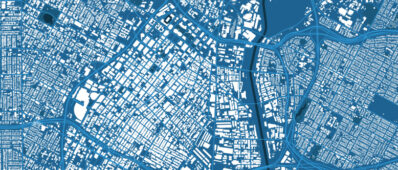Project Summary
The COVID-19 pandemic and the imposed social distancing measures led many workers to adopt telecommuting—working from home—arrangements on a large scale. The massive changes in work activity may have long-term impacts on domestic and travel behavior, including how people organize their work, where that work is performed, how activities and travel are scheduled, and what travel mode is used. Telework has been touted as a potentially effective travel demand management strategy as well as an environmental management tool for reducing travel and greenhouse gas emissions under Senate Bill 375. The COVID-19 pandemic and associated travel restrictions, despite creating immense disruption to people’s lives, also offered an opportunity to experience how telework policies and practices can affect daily travel, should it remain a significant part of the work landscape.
This study considers how telecommuters have responded to the changes in activity-travel scheduling and time allocation. In particular, it considers how workers utilized time during the pandemic by comparing workers who telecommuted with workers who continued to commute. Commuters were segmented into those who worked in telecommutable jobs (potential telecommuters) and those who did not (commuters). Findings from this work suggest that telecommuters exhibited distinct activity participation and time use patterns from the commuter groups. This study also supports the basic hypothesis that telecommuters were more engaged with in-home versus out-of-home activity compared to potential telecommuters and commuters. In terms of activity time-use, telecommuters spent less time on work activity but more time on caring for household members, household chores, eating, socializing and recreation activities than their counterparts. During weekdays, a majority of telecommuters did not travel and in general this group made fewer trips per day compared to the other two groups. Compared to telecommuters, potential telecommuters made more trips on both weekdays and weekends while non-telecommutable workers made more trips only on weekdays. The findings of this study provide initial insights on time-use and the associated activity-travel behavior of both telecommuter and commuter groups during the pandemic.








